Hinako Omori: "As a disclaimer, I’d recommend not listening to the music while operating heavy machinery"
Omori’s new album, a journey…, was created at Real World Studios using binaural and 3D spatial tech. Danny Turner decodes its therapeutic frequencies
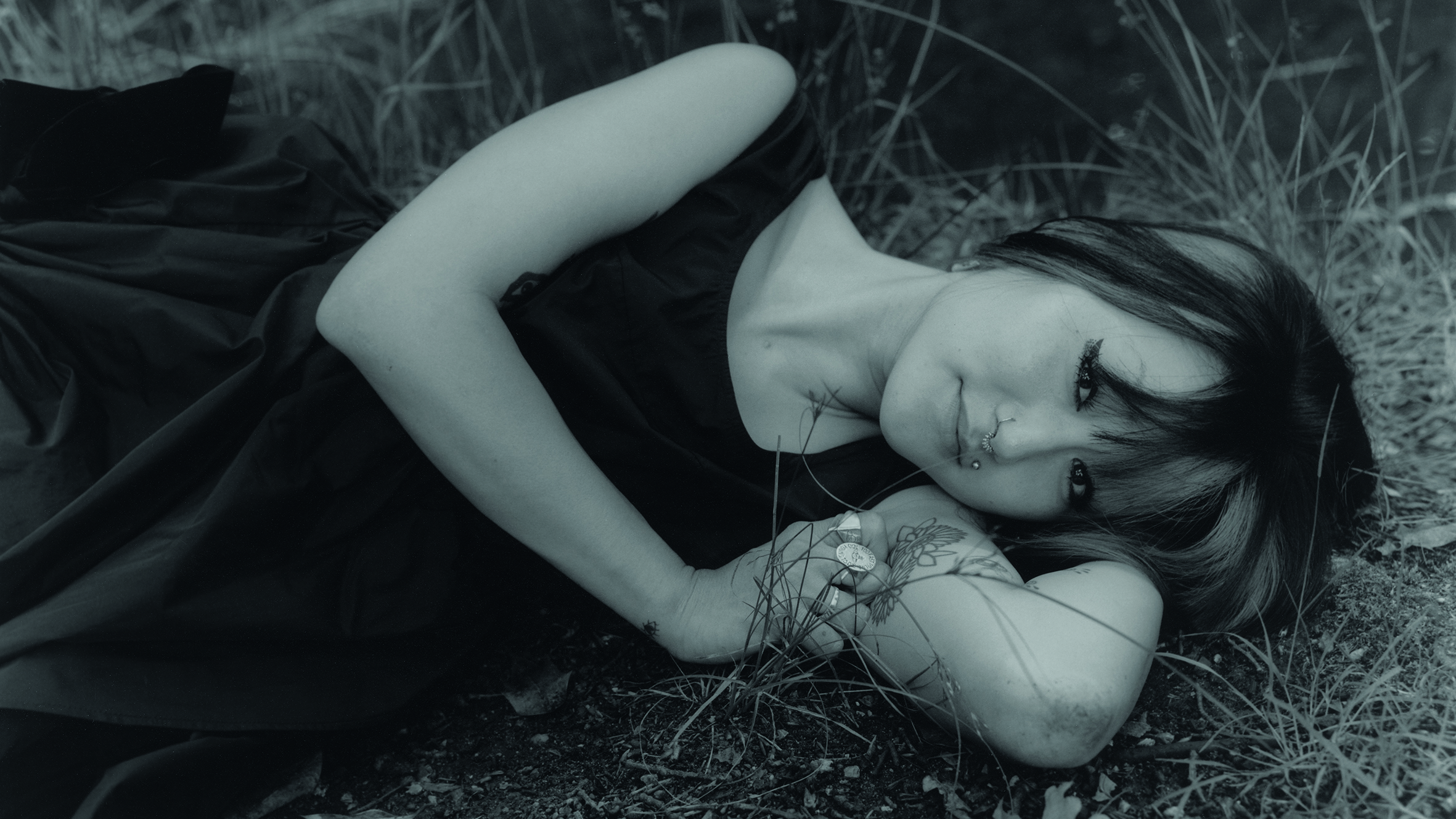
Born in Yokohama, Japan, Hinako Omori arrived on British soil aged just three years old. Possessing a seemingly innate interest in sound recording, she studied piano and later enrolled at the University of Surrey on a Music and Sound Recording course. This led to Omori working as a pianist, keyboard player and programmer for numerous high-profile artists including Kate Tempest, KT Tunstall, James Bay and Ellie Goulding.
Debuting with the sonically explorative EP Auraelia in 2019, Omori was invited to record sessions for WOMAD at Home’s immersive audio series at Real World Studios the following year. Combining field recordings with binaural and 3D spatial technology, Omori’s fascination with the therapeutic properties of sound and their ability to provide cognitive and physical well-being are captured on the resulting ambient electronic album, a journey…
What sparked your interest in becoming a sound engineer and studying music and sound recording?
“When I was a kid I had a tape player and always used to tape radio shows or things around the house and carry the recordings around with me. That sparked the idea of having a device that was able to record sounds there and then and revisit them like a diary. I learned piano too and would create a real basic computer microphone setup and try to find a good spot to get the best sound. Experimenting at that age stirred me to study at Surrey University, where I was lucky to have a very inspiring music technology teacher.”
You also worked for Focusrite’s Novation at one point?
“I was working in artist relations with the marketing team and helping artists to use their equipment. Part of that process also included connecting with the gear they were making, so it was inspiring to see things from that side of the fence and a nice world to be a part of.”
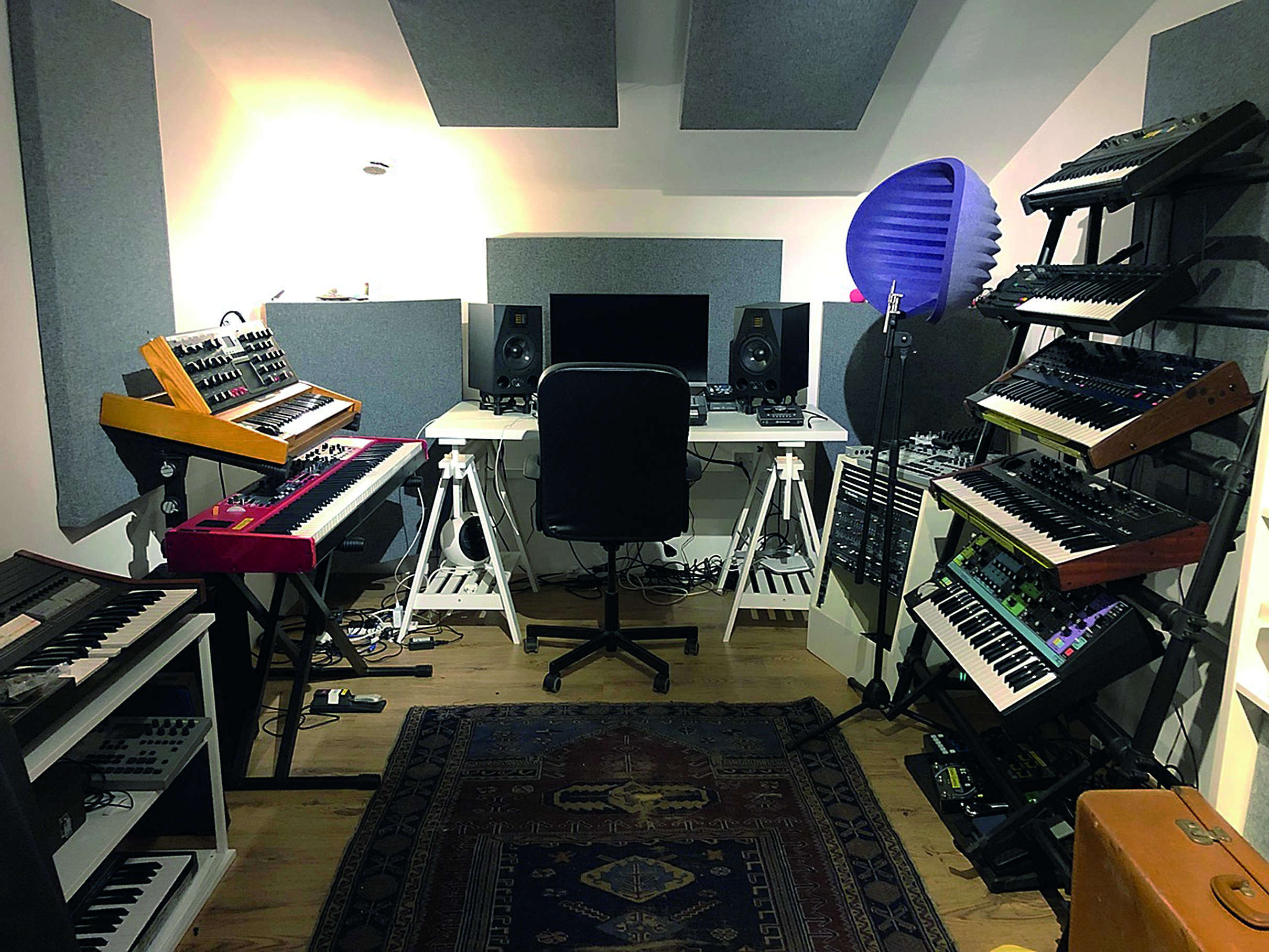
You also worked as a session musician for a number of artists, both playing and programming. How did you get into that field of work?
Get the MusicRadar Newsletter
Want all the hottest music and gear news, reviews, deals, features and more, direct to your inbox? Sign up here.
“I fell into it by accident and was lucky to make connections through friends who were doing similar roles in music. I’m grateful to have had the opportunity to work with so many artists both in the studio and live.
"As musicians, we all help craft the sound that we’re playing, so before we went into rehearsals I’d dive into the music and create sounds on the synthesiser that I thought would best complement the music in a live situation. It’s fun to reimagine something that’s already been recorded, see how I can take it to the stage and turn it into a different experience for the audience.”
The Sequential Prophet ’08, OB6 and Moog Matriarch are my go-to synths for making music and playing live
Did you always have plans to create music as a solo artist at some point in time?
“Honestly? Not really [laughs]. I didn’t have the confidence to do my own thing until fairly recently and have only been recording my own music for the past four years because close friends gave me a gentle nudge to explore that route. I’ve always made little noodles on the side though, so I dove in and tried to make something out of those sketches and a few things that were completely different.”
Your 2019 debut album Auraelia arose from a period of having sensory disturbances due to migraines. Did that give you the impetus to make music as a form of self-therapy?
“During that time, I was having migraines almost every day. I wasn’t entirely sure what was going on, but the dots would appear and within ten minutes I knew that the white light would take over my vision. I wasn’t terrified, it was an interesting experience to try to understand and discover how I could come out of it, but I was fascinated by trying to portray the visual element of that sonically.
To have the opportunity to work in a beautiful studio like Real World was heaven to me
"That inspired me to make these cloudy, hazy atmospheres using detuned oscillators that had a certain disconcerting element to them. Portraying those physical sensations was probably an uneasy listen for people, but that was the aim behind the EP.”
How did you get involved with the WOMAD at Home project at Real World Studios?
“I went to university with a friend called Oli Jacobs who’s the head engineer at Real World and he reached out and told me that, due to the pandemic, they were doing WOMAD online in 2020 and looking to connect with artists who would be interested in making an immersive audio experience. My immediate answer was ‘absolutely’, because I’ve always been interested in immersive and binaural sound, so to have the opportunity to work in a beautiful studio like Real World was heaven to me.”
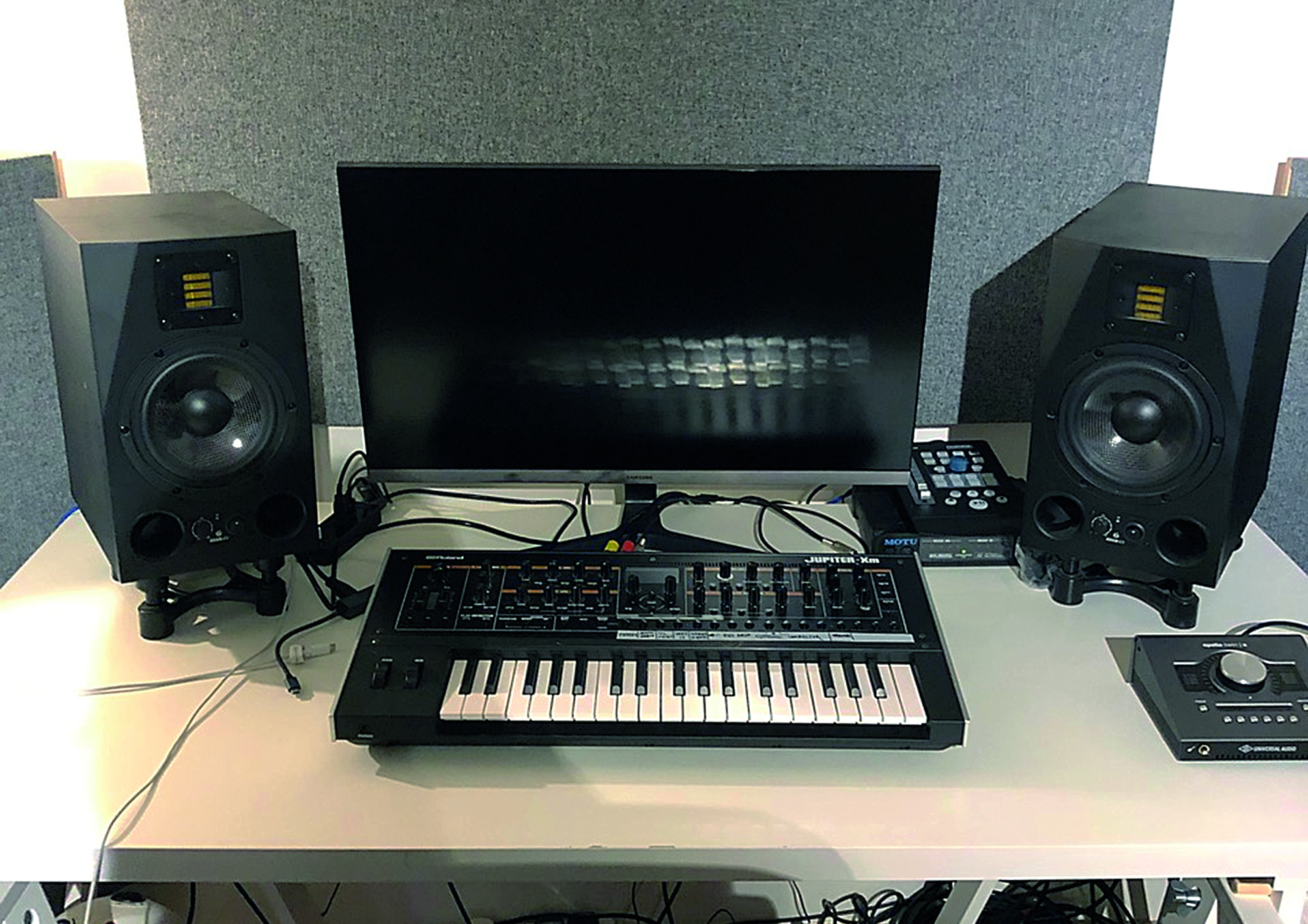
Can you tell us about some of the field recording and immersive audio techniques you undertook as part of that project?
“We were given a timeframe to present a piece of work, so I decided to finish off some demos I’d already been working on and piece together a 40-minute continuous ambient project. I also jumped at the chance to be in the beautiful nature surrounding Real World and took a binaural head out into the surrounding green areas to record some field recordings to add to the mixing session.”
How did that process evolve?
“My idea was to incorporate this idea of forest bathing, or shinrin yoku, which is the Japanese term, to create a calming atmosphere by combining field recordings of nature with the songs I’d recorded.
I have a silver Russian space distortion pedal, but it doesn’t have a name on it. I bought it at an off-license in Berlin that was selling pedals in the window
"To make it more immersive, we re-amped some of the stems using Real World’s Audio-Technica 8-speaker system, which was positioned in a circle in the Wood Room, and used a software plugin to direct where the audio would be coming out. Ultimately, the field recordings, synth sends and vocals were all re-amped binaurally.”
In the back of your mind, was it always your intention to use those recordings for your latest album, a journey…?
“The new album is the entire ambient project that we finished at Real World. It was put online for the WOMAD festival for a week or so, but I was curious to release it as an album and Houndstooth were also kind enough to take it on board.”
In what way do you see music as sound therapy in terms of the various brain states you’ve previously spoken of?
“As with any music, I’d love the listener to connect with it in their own way but hopefully the music brings a sense of peace and relaxation, especially with everything going on in the world right now. I’ve always had an interest in sound therapy and this album gave me a project to incorporate that into. There are frequencies that bring about certain brain states.
"For example, delta, which is between 0.5 and 4 Hz is said to contribute to deep, restorative sleep and healing; theta, which is 4-7 Hz, contributes to creativity, intuition and emotional processing; and alpha, at 8-12 Hz, relates to relaxed, passive attention.
"I wanted to make a continuous piece of music that took the listener into a meditation if you will, and chose specific frequencies for the different pieces with that in mind. I created synthesiser drones, some of which were detuned to create binaural beats that would entrain the brain into a certain state that will hopefully bring a sense of relaxation.”
Is there an optimal way to hear the album?
“Listening to anything on surround sound is a journey in itself, so that’s wonderful, but headphones is probably the best way, especially for the binaural beats where you’re getting two tones at slightly different frequencies on the right and left side. As a disclaimer, I’d recommend not listening to the music while operating machinery [laughs], a more relaxed environment would be better.”
Are you interested in the latest Dolby Atmos technology, which is increasingly venturing from film to commercial music?
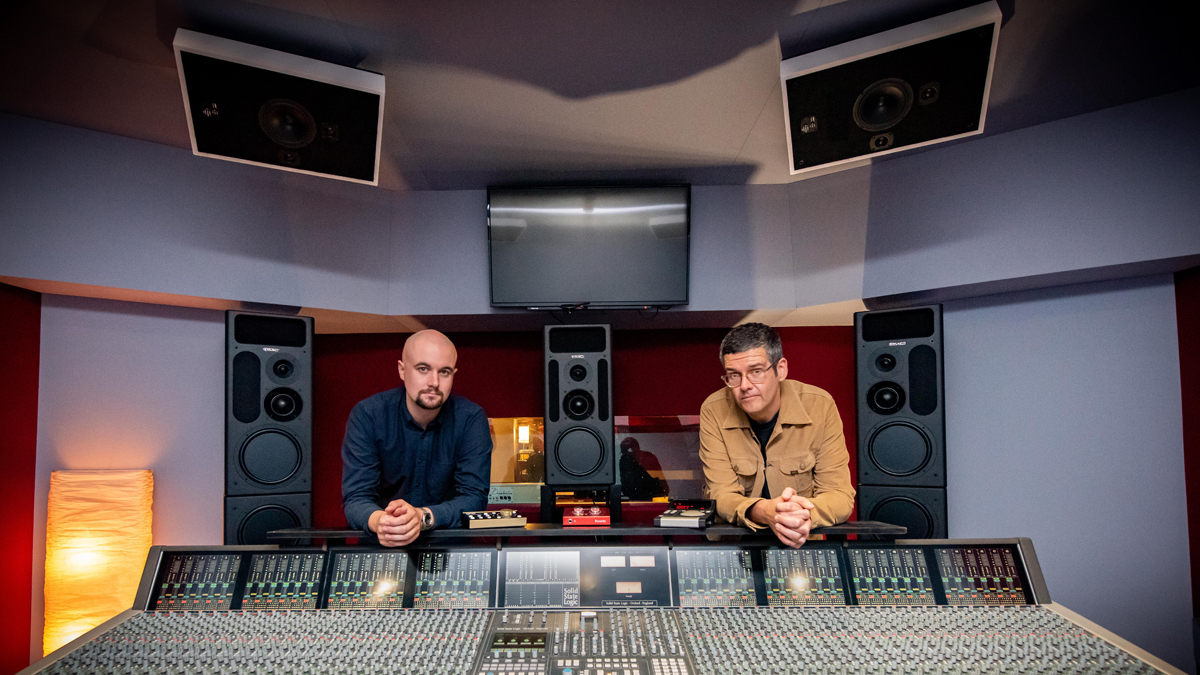
An audio engineer explains why Dolby Atmos Music is “definitely going to supersede stereo”
“Absolutely. I tried using Dolby Atmos for an all-female electronic artist compilation on the Sisters of Sound label. We spoke with Dolby and were kindly offered the opportunity to use their plugin to mix and pan elements of stems of our tracks in an immersive way for the Dolby Atmos system.
"I found it really fun having this visual representation of what you’re hearing and physically moving the elements around. I’d love to do more of that given the opportunity and I know that my mastering engineer friends are mastering in Dolby Atmos, so it’s definitely the way forward. Going back to the archives and remastering music in Dolby Atmos to hear them in a completely new way is also really exciting for me.”
Though the aim of your music is for the listener to create their own narrative, we understand the album track The Richest Garden In Your Memory has a more specific meaning?
“This track in particular does mean a lot to me. It’s a poem by a wonderful friend of mine called Emily Grosholz who I sat next to by chance on a flight after it was diverted from New York to Philadelphia. Emily’s a philosopher and university lecturer, so we struck up a conversation, became pen pals and I was blown away by the poetry she sent me.
"I asked her if she’d mind me putting some of her words to music, and that process seemed to come very naturally to me. Again, it’s all about perception and interpretation – when others read her beautiful words it will perhaps connect to them in a completely different way.”
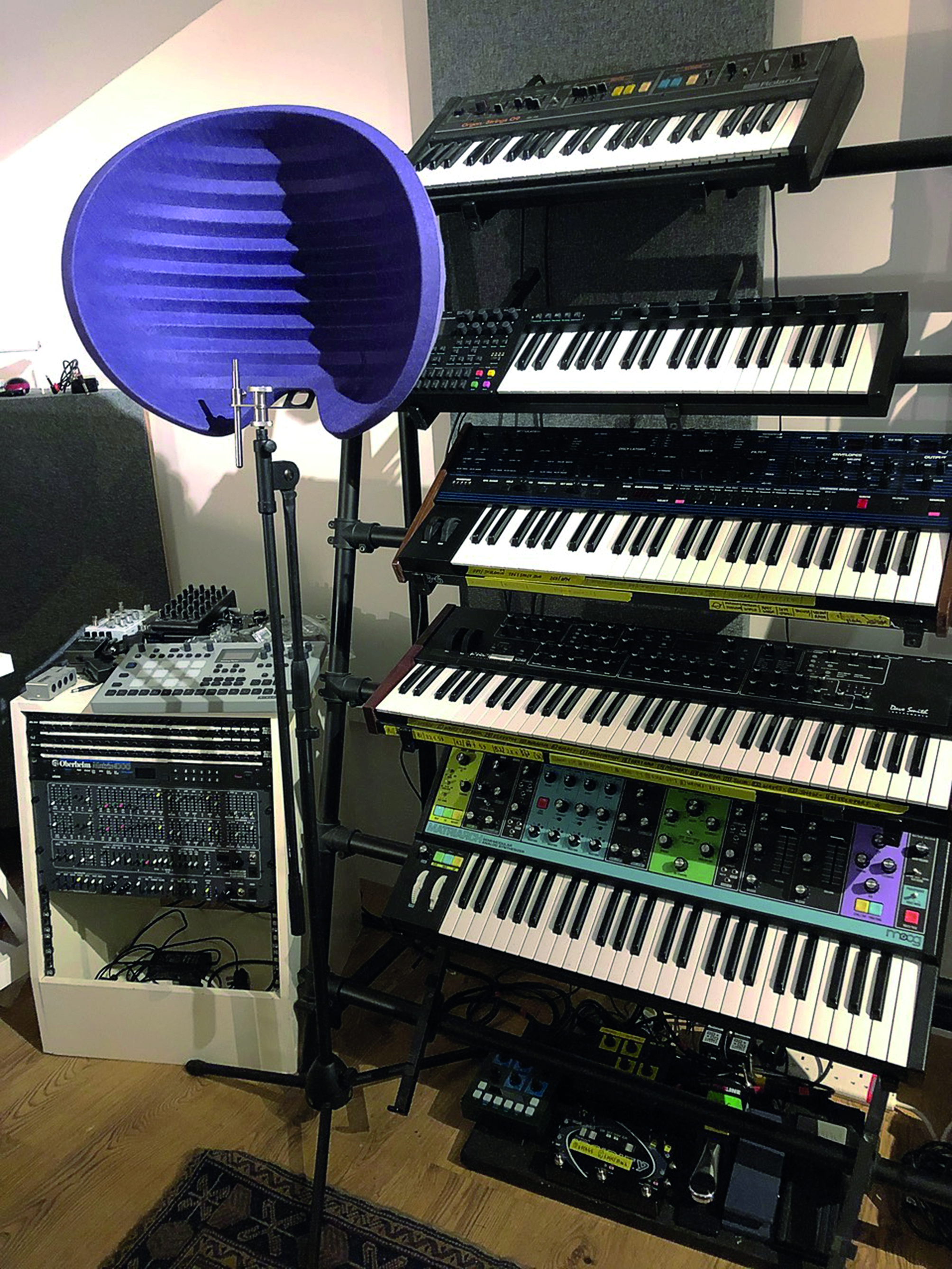
You’re working from Ten87 Studios in Tottenham – is that a hired space?
“Yes, and I’ve found it really beneficial to find a creative space that’s separate from my bedroom studio. The room is soundproofed so I just moved all my equipment in there and it’s lovely to know that some of my friends have had studio spaces there in the past too.”
I have a silver Russian space distortion pedal, but it doesn’t have a name on it. I bought it at an off-license in Berlin that was selling pedals in the window
There are some lovely warm drones and synth tones on the album. What are your go-to hardware synths to obtain these sounds?
“On this record it’s mainly the Sequential Prophet ’08, OB-6 and Moog Matriarch, which are my go-to synths for making music and playing live. A lot of the music comes from getting to know a new piece of equipment, so when I meet a new synthesiser I usually spend time playing around with the parameters just to see what comes out and typically end up using those noodles on my music.
"The Matriarch was also the first time I’d tried using a semi-modular synth and that was a great learning curve in itself. Because of that I’m really inspired to start using gear that doesn’t have keys because I always end up thinking more about chords and notes rather than the happy accidents that can come from patching.”
So we can expect you to be diving into Eurorack in the near future?
“I’ve already done a part swap and got two bits of modular equipment, and I know it’s going to be a slippery slope, but it’s one I’m willing to slide down. Although soft synths and plugins are very useful, I do generally prefer to stick to hardware synthesisers and connect with equipment that I can touch for the tangible immediacy of hearing what I’m doing with my hands.
"When I’m on the road, soft synths are really useful and there’s an art to creating sounds in that way, so I’ll use plugins when I’m mixing or adding effects to stuff I’ve recorded from synths into my audio interface.”
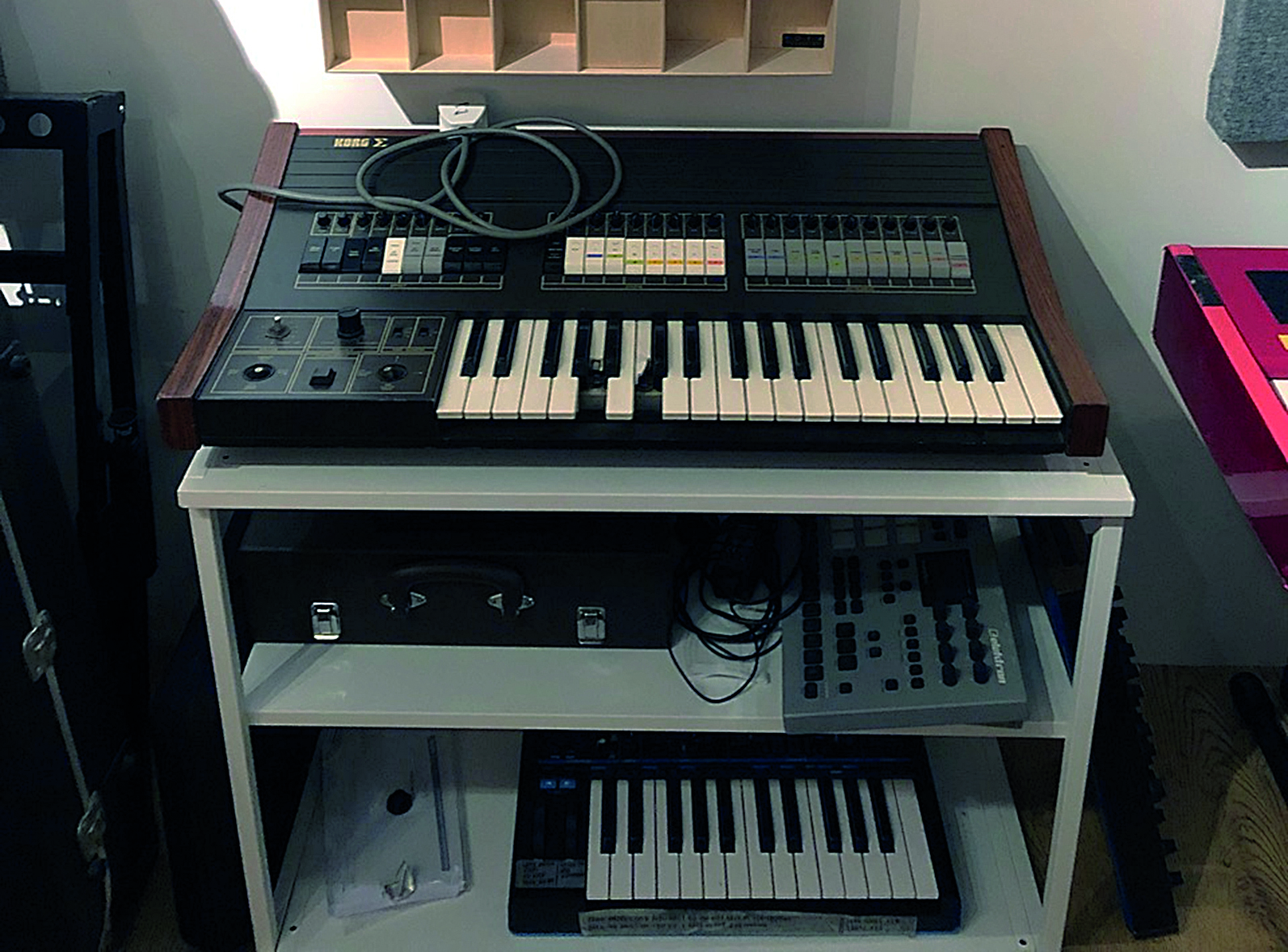
Your vocals are quite effects-heavy and melt nicely into the music. What are you using on those?
“I’ve always been quite shy of my dry vocals and prefer them to sound more like an instrument or texture than a lead, so I’ll tend to hide them behind effects. I love using Soundtoys plugins to create a certain atmosphere on vocals, but my go-to is the EarthQuaker Devices Avalanche Run pedal.”
You seem to have quite a few effects pedals for synths and vocals…
“I have a silver Russian space distortion pedal, but it doesn’t have a name on it. I bought it at an off-license in Berlin that was selling pedals in the window – you plug in the instrument and it blinks red and creates this mad, crunchy distortion.
"My favourite pedals are the OTO BIM and BAM and I’m quite obsessed by the Pigtronix Infinity Looper, which is a pretty in-depth stereo looper pedal that allows you to do loops in series and reverse loops, but there’s also vari-speeding so you can plug in an expression pedal to control the speed of your loops on the fly, which is really fun. It’s great for drone improvisations and playing live.”
You also have a couple of unique-looking synths, notably the Korg Sigma KP30 and the Akebono Koto Synth, which has its own little suitcase?
“The Korg Sigma was passed on to me by a dear producer friend called Kwes who’s signed to Warp Records. He messaged me one day and asked if I wanted to take on his Sigma and now I’m looking after it in my studio. It’s a really fun machine that has a lovely quirky characteristic to it – it’s all about experimenting and being inspired by its sounds.
"I found the Koto Synth on eBay and believe it was built in the 1980s. It’s more like a sampler because it has note by note recordings of a Japanese string instrument called a Koto, which has a beautiful sound, and you can change the tuning to different scales as you would with the real instrument.
"My great aunt is actually a Koto teacher and my understanding is that the synth was built for people who were learning the Koto but might not have one available at home. The suitcase is actually an amp so you can connect it to the synth and hear it in your room without headphones.”
What was it that you used to make those wonderfully glassy sounds that we can hear on the track Heartplant?
“The source is the Moog Matriarch and it was basically just the result of me trying to figure out how it works. As I say, a lot of my audio noodles are from trying to learn a particular new piece of equipment. I hadn’t used a semi-modular synth before, so that was me trying to figure out how it works then putting it through the OTO Machines BAM reverb pedal.”
You have a show coming up in March at Southbank accompanied by the London Contemporary Orchestra?
“It’s the first time I’m playing a journey… in this context. I’ve played it solo before but I feel lucky to have the opportunity to collaborate with the LCO and orchestrate the album in a way that will incorporate more organic instruments, so this will be a new version of the album.”
Hinako Omoro's new album, a journey..., is out March 18th on Houndstooth.


Future Music is the number one magazine for today's producers. Packed with technique and technology we'll help you make great new music. All-access artist interviews, in-depth gear reviews, essential production tutorials and much more. Every marvellous monthly edition features reliable reviews of the latest and greatest hardware and software technology and techniques, unparalleled advice, in-depth interviews, sensational free samples and so much more to improve the experience and outcome of your music-making.










